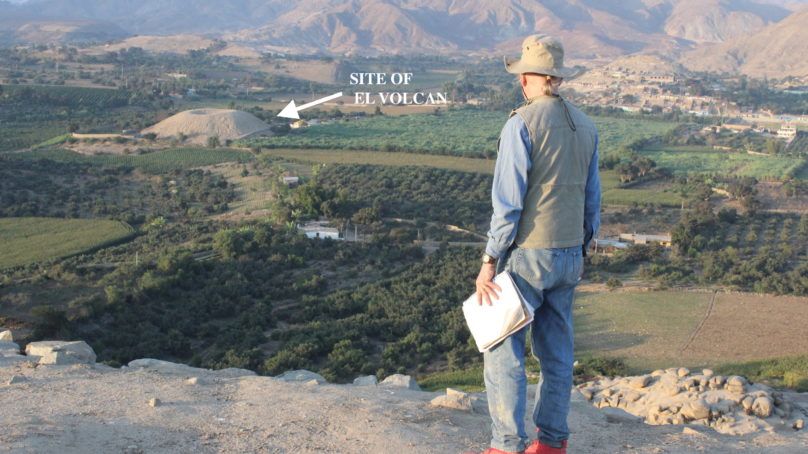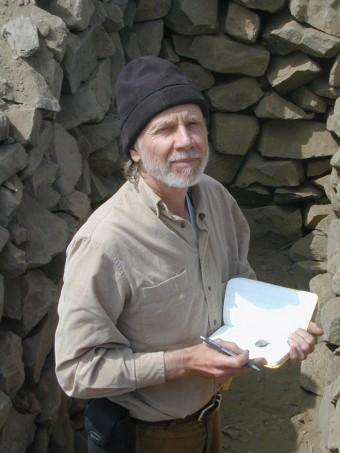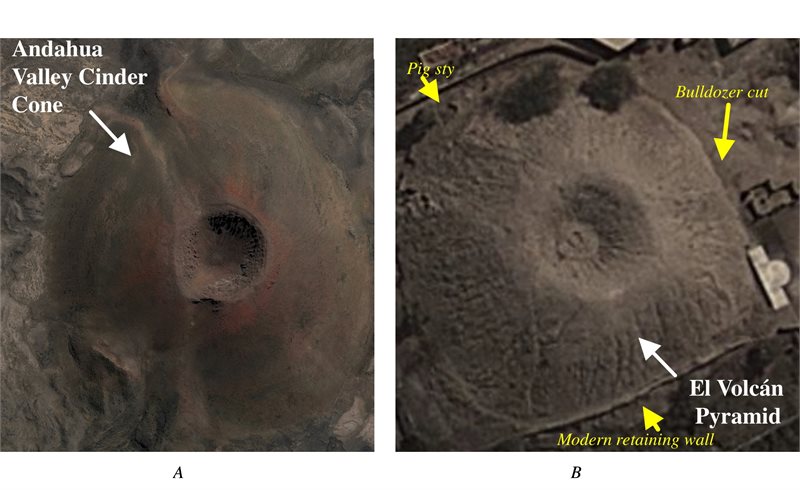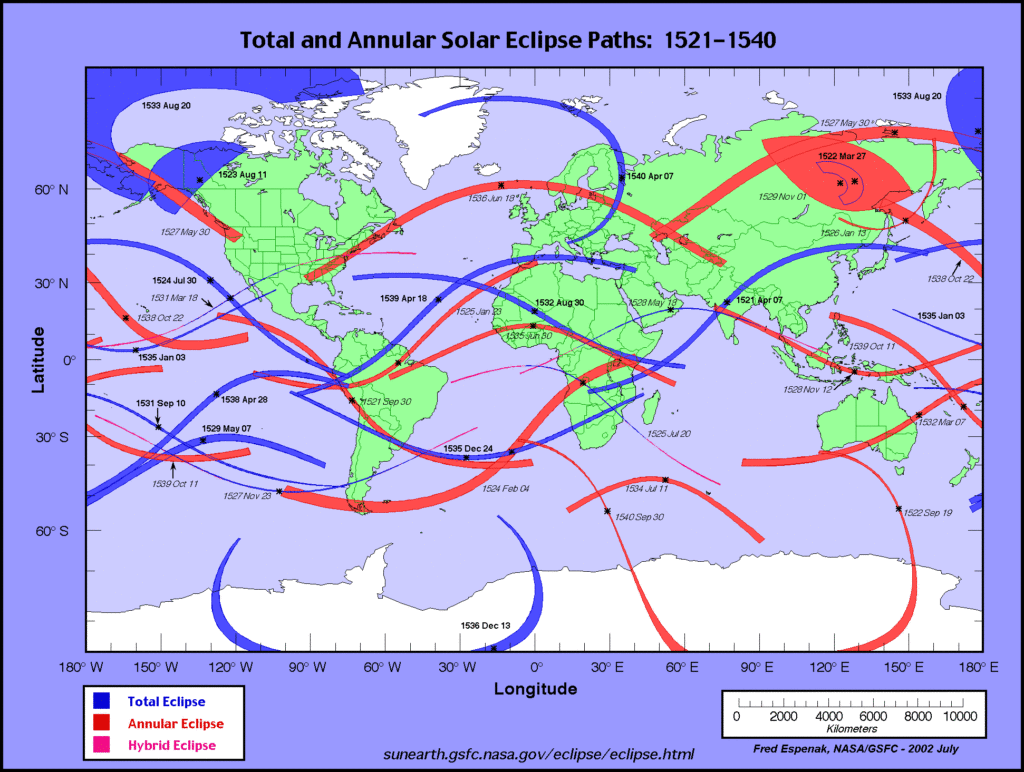
 Dr. Robert Benfer, a professor emeritus of anthropology at the University of Missouri-Columbia, would like to be winding down his research programs, but unexpected and remarkable discoveries keep him actively engaged with numerous archaeological investigations, the most recent of which has led him headlong into the field of archaeoastronomy.
Dr. Robert Benfer, a professor emeritus of anthropology at the University of Missouri-Columbia, would like to be winding down his research programs, but unexpected and remarkable discoveries keep him actively engaged with numerous archaeological investigations, the most recent of which has led him headlong into the field of archaeoastronomy.
Benfer, renowned for his discoveries of ancient animal effigies—earthen figures standing in relief above the coastal plains of Peru (think the Nazca Lines)—had been surveying the region for more such monuments when chanced upon a pyramid-like feature in the middle of the Nepeña Valley. Thinking he might gain a better view of the valley from its vantage, he climbed to the top, where numerous clues suggested that the mound was not a natural aspect of the landscape. Intrigued, Benfer mapped it and was later granted the resources to conduct an exploratory excavation.
When viewed from a distance, the site, roughly 35 feet tall and 60 feet in diameter, resembles a volcanic cinder cone, hence its name, El Volcán. But the presence of such a structure is puzzling, because there are no volcanoes in the vicinity to serve as models, nor are there any other examples of volcano-shaped structures found in Peru. Just why it was built remains a mystery. And the mystery only deepens as radiocarbon dating reveals an intriguing chronology.

A cinder cone in the Andahua Valley, Peru (A), compared with the pyramid of El Volcán in the Nepeña Valley, Peru (B). Note the modern modifications to the base of El Volcán pyramid.
While no one knows when the pyramid was first constructed, Benfer notes that the site’s proximity to the Late Formative center (900 BC–200 BC) of San Isidrio (Chicoine & Ikehara 2014) is suggestive. Over the centuries, like many such monuments, the structure evolved with what appears to have been continuous use. The central hearth, for example, indicates a median radiocarbon date of AD 1563 over a calibrated range of AD 1492–1602.
As Benfer points out in his paper, “Unusually, within this 110-year range was a cluster of four total solar eclipses—AD 1521, 1538, 1539, and 1543 (Stellarium 2009: 0.15.0). As total eclipses in any single location occur by chance about once every 360 years (Russell et al. 1926), the probability of four eclipses occurring in 110 years is 0.0003 by the binomial expansion. The inhabitants of the area would have had no previous experience with such a cluster. It is even less probable that four eclipses would occur in the observed range of 32 years between the eclipses of AD 1521 and 1543. Their appearances in so short a period would have required celebration. The median radiocarbon date of AD 1563 falls just after this cluster of eclipses, making it possible that a closing ceremony might have been linked to one of these eclipses.”

Detailed maps of all annular, total and hybrid eclipses during the 16th century CE can be found at the World Atlas of Solar Eclipse Paths. The maps are broken down into 20 year intervals.
With that, we wanted to learn more, and enjoyed the brief conversation with Dr. Benfer that follows.
***
Dr. Benfer, this is an intriguing find and a fascinating theory as to its later purpose. We did some cross-checking on the eclipses whose paths would have crossed Peru over your suggested range of dates, and indeed, such a cluster does appear. But how did investigators come to believe that the monument was associated with eclipses in the first place?
I’m glad your cross-checking matches mine. To be absolutely certain, I used two planetarium programs, Starry Night and Stellarium. It was by chance that I found the first eclipse, just like most of my important discoveries. At the time, I was reading about the history of the region. To the south of the Nepeña Valley, in Arequipa, Perú, Lucas Martinez Vegaso, a Spanish conquistador, threatened his workers if they did not take him to the silver mine of the Inka in Arequipa (Cobo 1985 [1554]). During his attempts at persuasion, there was a total eclipse of the Sun on July 31, 1543, at 3:00 PM. The Indians, following Andean (but not coastal) cosmology, who considered solar and lunar eclipses ominous, believed that the Sun was angered, because they were about to reveal the location of the mine. Martinez was explaining to them that the eclipse was a natural phenomenon when a sudden and strong earthquake convinced the Indians not to give the location. Makes you wonder.
Because this eclipse date was close to the median radiocarbon date (AD 1563; calibrated range AD 1492 to 1602), I wondered whether this eclipse might have also occurred on the north central coast, which I considered highly unlikely, being pretty much due south. To my surprise it did, and I also found three others within an unimaginably short time. The odds of getting four eclipses in 110 years is infinitesimal. There may have never been other human beings who saw so many in such a short time.
So the AD 1543 eclipse, seen all along the coast, occurred during the chaotic time of the subsequent civil war and might have stirred up even the Nepeña valley, distant from Lima. The first haciendas in the Nepeña Valley were probably established by the Jesuits around AD 1670, and it is also conceivable that Dominicans constructed the hearth, although we found no Colonial artifacts in our excavations, and it seems unlikely they would sanctify a pagan monument. In any case, this later activity lies outside the confidence range of the radiocarbon date of the hearth.
Are you aware of other astronomical events of note during this period, or other indications or alignments of note within the monument itself that would suggest an astronomical function?
The huge Formative Period site of San Isidro, overlooking El Volcán, which I went to investigate initially, has a number of platforms. They are oriented precisely to the December solstice (246º, visible in Google Earth). From all of the platforms, ceremonies at El Volcán would have been visible. It is possible that there is an astronomical alignment from El Volcán to what appears to be a large round stone on a ridge to the west, but I did not have time to investigate it.
The centers of such monuments frequently produce evidence of ritual practice, charred bones in urns, and other artifacts, for example. To your knowledge, have any such materials been discovered there?
We found mussel shell fragments from the Pacific Ocean with carbon from a fire. The site is 24.5 miles from the sea. Seashells are a common offering. That the hearth had an adobe floor was also unusual.
The original construction long predates the period of the four eclipses. Do you speculate that its uses changed over the centuries of its existence?
I don’t know the precise age or earliest use. Many sites from the Formative Period, the age of the earliest ceramics at the site, continue their function for many centuries. However, I cannot definitely associate the ceramics with the pyramid—they may have just been brought in from a nearby borrow pit that is close to the large San Isidro Formative site.
Have you identified any parallels with any other monuments that suggest ties between a volcano motif and astronomical/ritual use? It is certainly not an intuitive structure for such purposes …
No, I know of no other volcano representations except for a mural at Çatal Höyük in Turkey. I will be presenting a paper in Spain in August on another site where architectural changes are associated with eclipses from 2,200 BC to 1,750 BC. Total solar eclipses probably had influences everywhere. In fact, I will come back from Perú to see the American eclipse, weather permitting, passing over my head here in Missouri on August 21.


